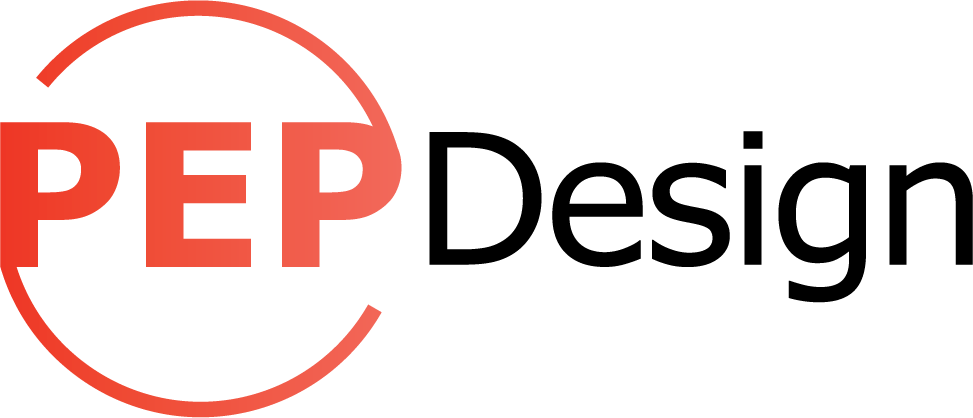This is the third part of a series on selecting product design and engineering services.
Working out what the client needs is at the core of providing effective consulting services. But what should you expect from your partner to make a tight, effective team? Things to consider are:
1. No Candy Coating
As a customer, you need to know what you want and write a specification, or be up front that you don’t know what you require and need the firm to help to figure that out. Some firms are overly optimistic, promising unrealistic results, and then fail after the money is spent. This can cost a product design house a project and can kill a viable product. Find a design firm that will be upfront about real costs, time, and performance trade-offs. This will make everyone happy in the long run though it is challenging to look reality in the face. Sure, if a design firm were to bend the truth a bit, they may win the project over a firm that was more direct about realistic expectations. Invariably, reality always comes to visit later, and it bites both the customer and design firm. Just remember, if it sounds too good to be true, it usually is. Reputation of past successes is priceless to any engineering design company so ask for a portfolio and make sure they will give you the benefit of their expertise, even if it’s not a pretty picture.
2. Scope and Definition
An experienced engineering design firm knows that before work begins, a good product specification should be written. The specification document is a road map and outline for all product design activities to follow. Enormous amounts of time and money will be wasted if everyone on the project just shoots from the hip and decides along the way what features and performance the final product will have. If no specification exists, it is a certainty that the project will be late, over budget, and even worse there will be no measurement for success. The specification defines what the product needs to do; if it is never defined, everyone can have a different definition of what “done” is. Both sides need to be clear about expectations and on the same page.
3. Shop Around
Ask for quotes from several design firms to see what a reasonable range is. Make sure it is clear what work the quote includes, the timeline involved, and what will be delivered. One firm might consider their part done once the product is designed. Another would consider the project done once the product is in production. Also, be clear what is expected of you, the client. Some design houses involve you in the process and communicate clearly along the way. Other design firms tell you to go away and come back when everything is finished. Be clear about what you expect regarding your budget, the level of involvement you desire, and the amount of time you have to spend on the project.
4. Use the Force
Remember that you will be working with this company closely. Do they seem like folks that you can work with? Will they work with you, communicate clearly, push the timeline forward, and have your best interests in mind? Do they jive with your way of thinking and communicating? You can often determine this during the initial conversations and request for quotes. It is valuable to consider the more objective aspects such as: years of experience, areas of expertise, quality of work, complexity level of the work, and cost. In the end with all things being equal, don’t be afraid to listen to your gut.
The last blog post in this series will outline how to start defining the project scope.
Do you have questions about external design engineering services? Contact us or email (info@pongratzengineering.com), and we’ll answer them for you.
//


